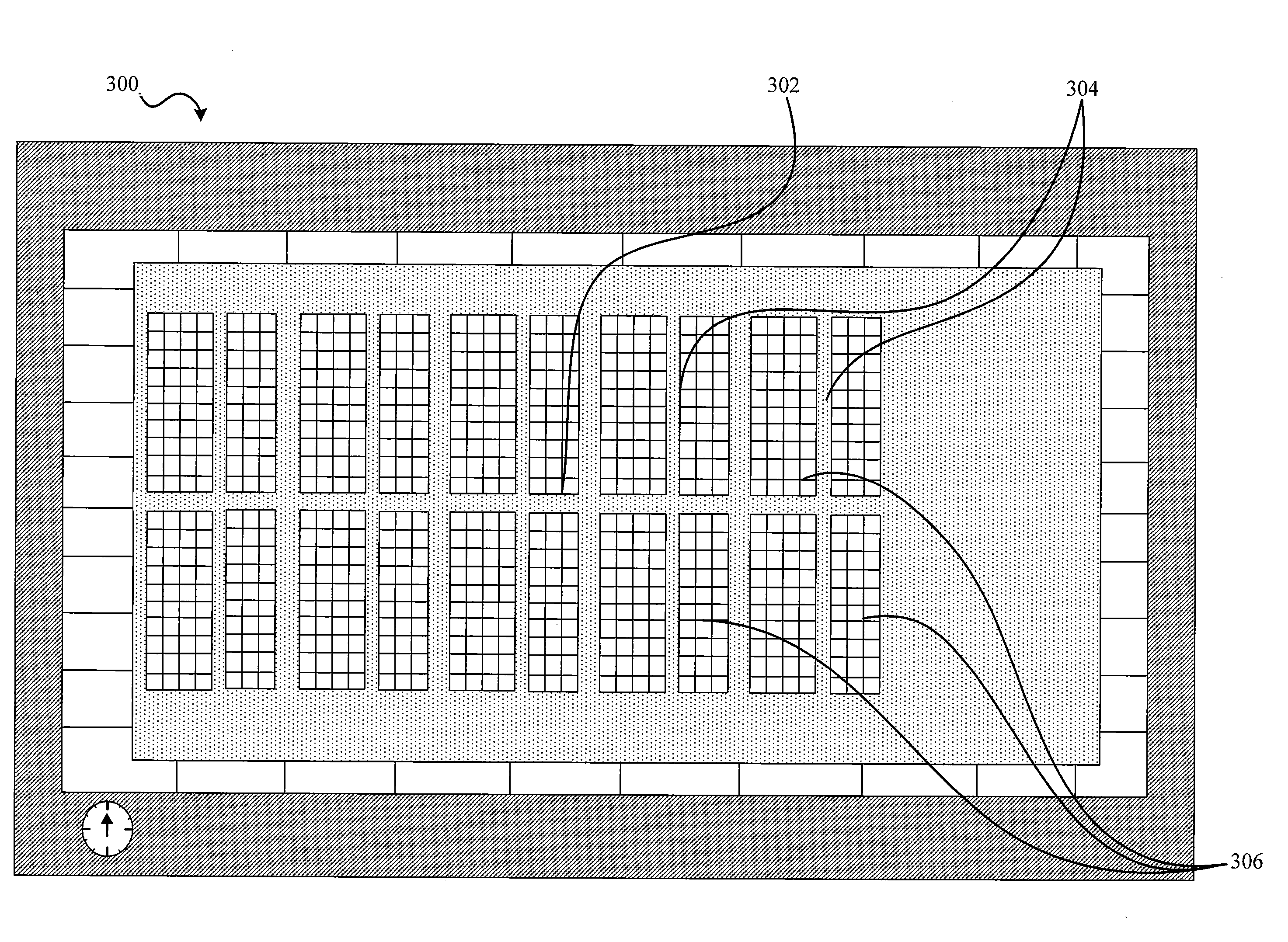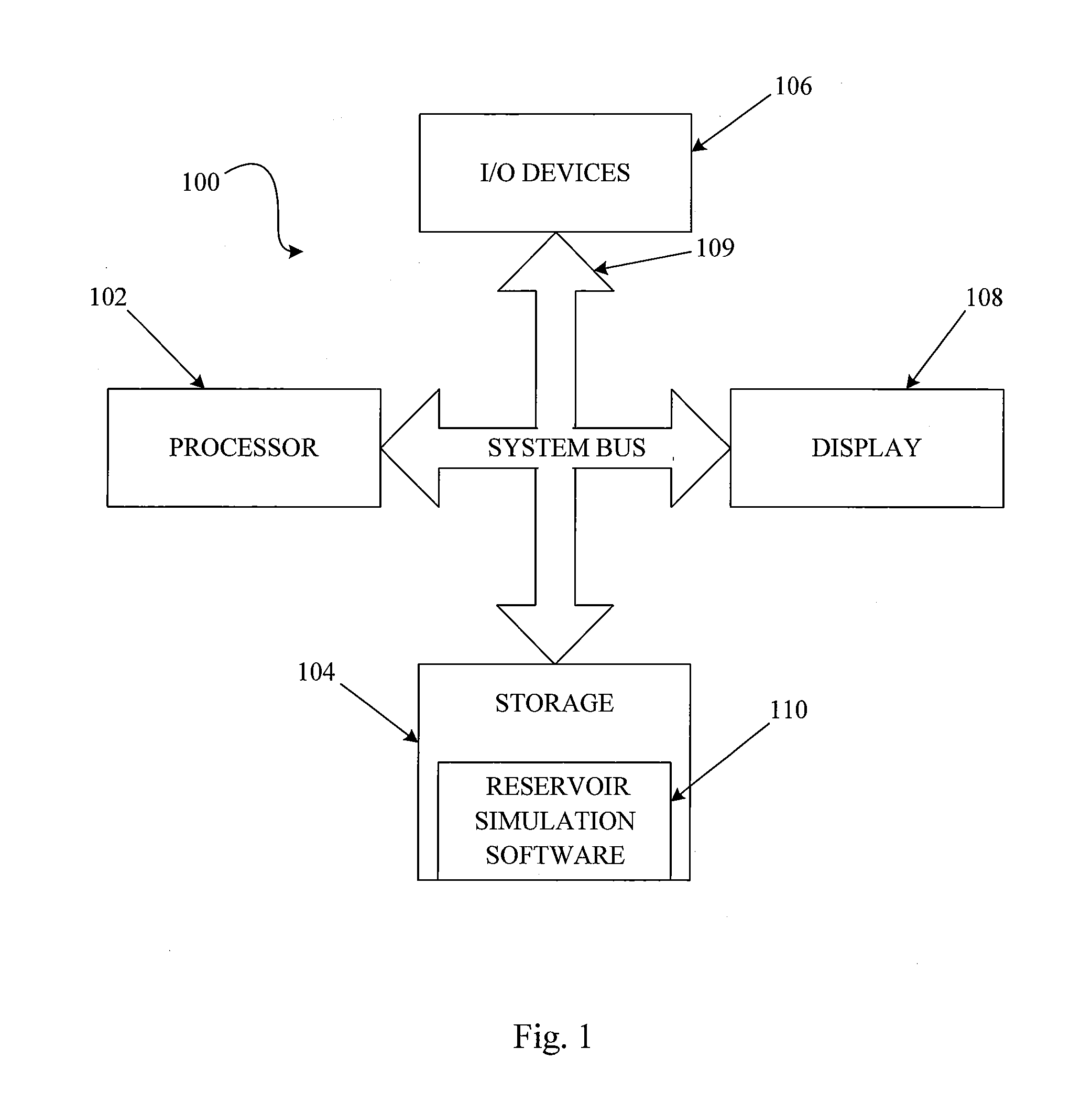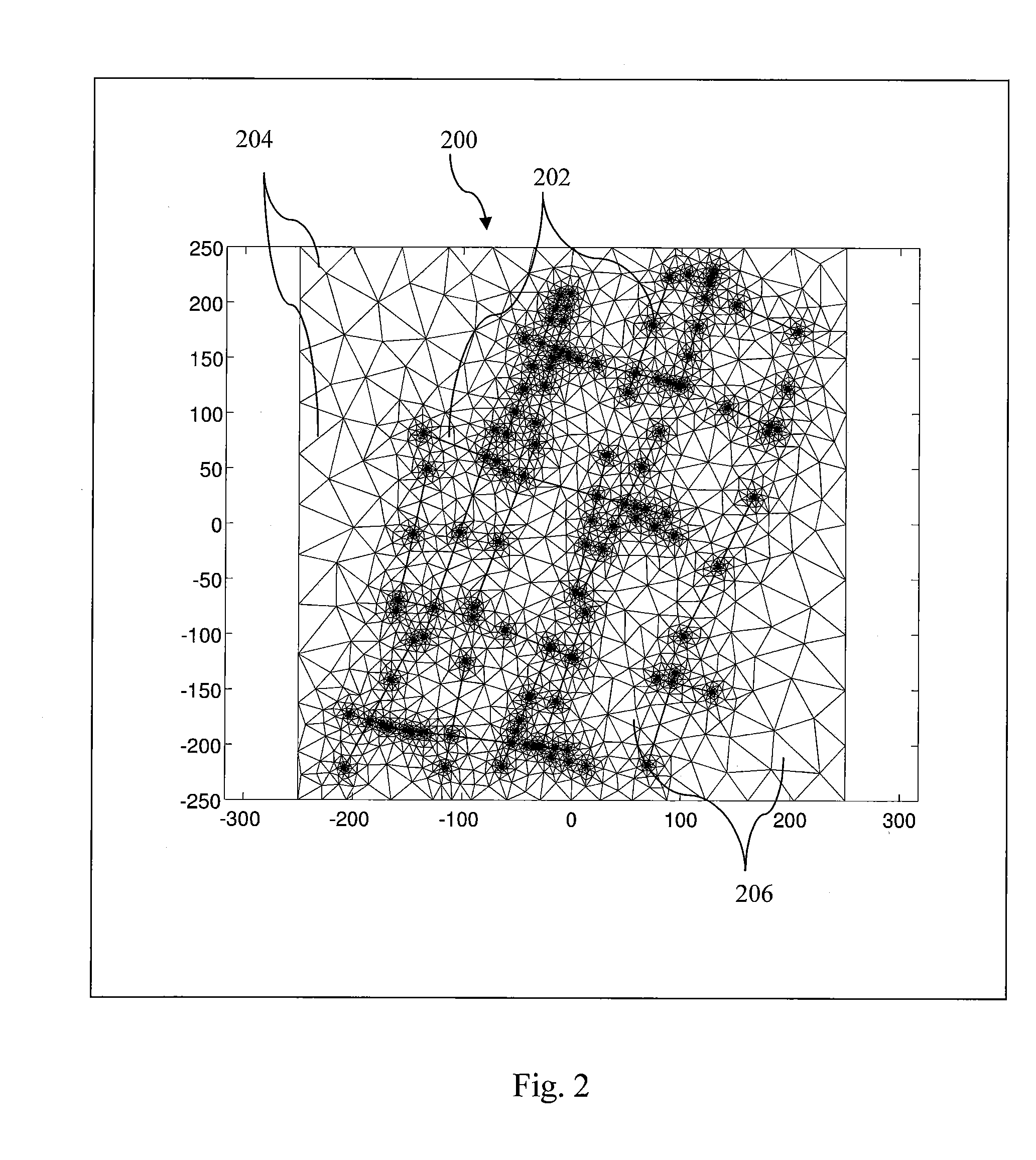System and Method for Simulation of Gas Desorption in a Reservoir Using a Multi-Porosity Approach
a gas desorption and multi-porosity technology, applied in the field of system and method for simulation of gas desorption in a reservoir using a multi-porosity approach, can solve the problems of different fluid retention and transport properties of vug pore system, and traditional dual-porosity reservoir modeling techniques cannot adequately predict mass transfer and fluid flow characteristics of shale reservoirs
- Summary
- Abstract
- Description
- Claims
- Application Information
AI Technical Summary
Benefits of technology
Problems solved by technology
Method used
Image
Examples
Embodiment Construction
[0011]To overcome the above-noted and other limitations of the current approaches, one or more embodiments described herein comprise a reservoir simulator including a unique manner of handling gas desorption in shale gas reservoir simulations by rigorously simulating the flow mechanism that occurs therein.
[0012]It has been found that the mechanism for desorption of gas in a shale gas reservoir is based on the existence of four separate porosity systems, each of which is incorporated in the method and system of the invention. In the method and system of the invention, each of these four porosity systems is separately characterized and incorporated into the model. The four porosity systems are the matrix porosity system, the induced fracture porosity systems, the natural fracture porosity system and the vug porosity system. As explained above, heretofore, only the matrix porosity system and the induced fracture porosity systems have been used in reservoir modeling in the past. The met...
PUM
 Login to View More
Login to View More Abstract
Description
Claims
Application Information
 Login to View More
Login to View More - R&D
- Intellectual Property
- Life Sciences
- Materials
- Tech Scout
- Unparalleled Data Quality
- Higher Quality Content
- 60% Fewer Hallucinations
Browse by: Latest US Patents, China's latest patents, Technical Efficacy Thesaurus, Application Domain, Technology Topic, Popular Technical Reports.
© 2025 PatSnap. All rights reserved.Legal|Privacy policy|Modern Slavery Act Transparency Statement|Sitemap|About US| Contact US: help@patsnap.com



